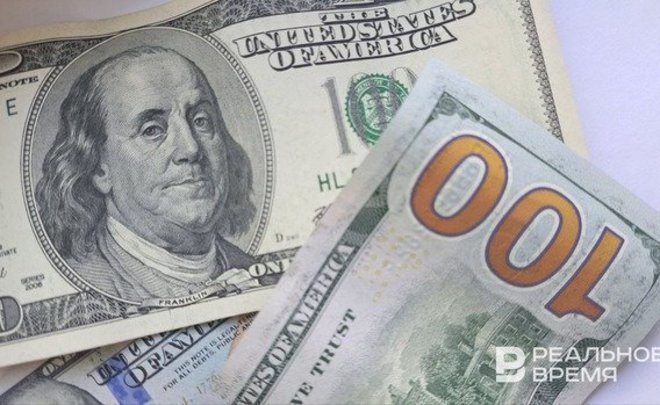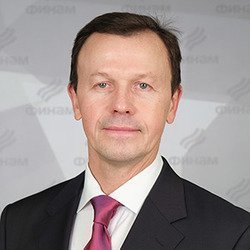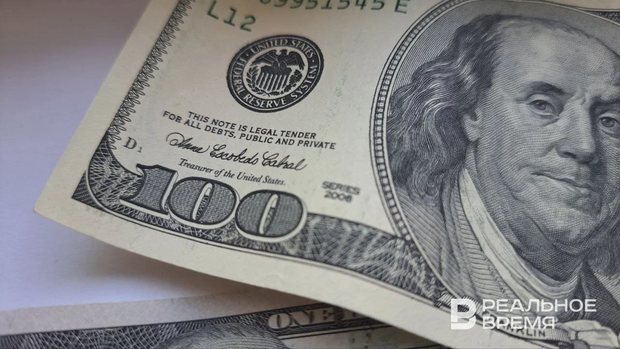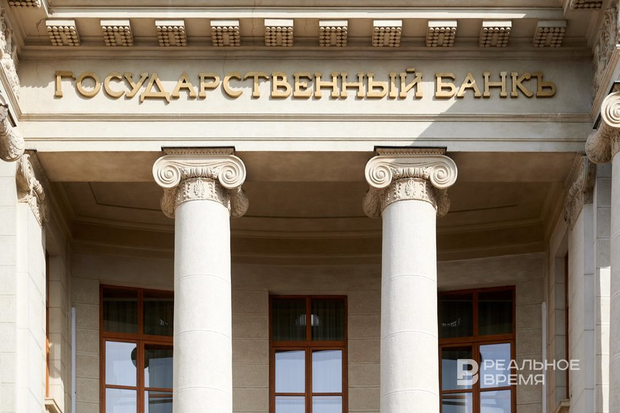Alexander Potavin: ‘The ruble exchange rate is doomed to weaken’

Last week, the Russian currency tried to return to the values of four months ago. The US dollar fell to 88,90 rubles and even to 88.57 rubles per unit in the moment. However, by the end of the week, the ruble lost part of the wagered. On Friday, November 17, trading on the Moscow Stock Exchange closed at $1/90 RUB. Thus, since the record high rate recorded on October 6, when the USD/RUB pair exchange rate was $1/100.41 RUB, the Russian currency has won back 9.55%. However, financial analysts predict a sharp rise in the dollar after the presidential elections in Russia in March 2024.

“Horror stories” of a strong ruble
The expert recalled that the Central Bank of Russia itself, which currently adheres to a tight monetary policy and tries to support the ruble with all its might, declared a year and a half ago that the strong exchange rate of the national currency hinders exporters.
“Revenue is falling, production is declining, which in turn negatively affects related areas (transport, trade, finance). It is believed that a stronger ruble reduces the competitiveness of Russian products on world markets in the segment of mining, chemical, and metallurgical production. However, the dependence here is not direct, since the bulk of export contracts are not in rubles, but in foreign currency. The Central Bank's review indicated that for exported high-tech niche goods, problems due to a strong ruble arise almost instantly, which is why even relatively modern and successful productions can subsequently be curtailed," Potavin recalled the regulator's review.
Also, a strong ruble, the analyst continues, creates risks for agricultural enterprises, since it reduces the profitability of supplies to foreign markets. In such situation, the turnover in the transport industry is also beginning to decline, since a significant share of cargo traffic is provided by the transportation of goods abroad.
Valery Yemelyanov, an expert on the stock market of BCS World of Investments, also believes that “the dollar will be allowed to grow again”.

Everything is going according to plan
Nevertheless, according to the financial analyst, the US currency is currently “within the market”.
“If we look at large cycles and fluctuations of currency pairs, adjusting for ruble inflation, then the dollar should now fluctuate near 92. In a normal situation, the range of such fluctuations is +/- a couple of rubles. That is, the 88-94 corridor looks fundamentally adequate. Taking into account the accumulated inflation over the years, and relative to the exchange rates of neighbouring countries," Yemelyanov believes.

However, according to him, there are also unpredictable moments.
“Now there are also many non-standard factors, including record expenditures in the modern history of the country. And the phrase “should be worth it” doesn't quite fit. In normal times — 92. For a balanced budget, this is also a normal figure. Exporting companies will also be quite satisfied. But in the current conditions, given the changed channels for entering foreign exchange earnings, the dollar can quickly and permanently rise much higher, the expert predicts.
Analysts agree that at the moment the Central Bank faces the task of restraining the “dollar until the spring of next year, and therefore it is not necessary to wait for a reduction in the key rate at the upcoming meeting of the regulator on December 15. Last Wednesday, the chairman of the Bank of Russia, Elvira Nabiullina, confirmed the position of the Central Bank of Russia, saying that annual inflation in the country currently exceeds 7%. Let us remind that the regulator's goal is to reduce it to 4% by the end of 2024.

Investment projects on pause
However, not everyone will be able to survive the tightening of the monetary policy, according to Olga Belenkaya, the head of the macroeconomic analysis department at Finam.
Earlier, she warned that “a monetary winter will come for industries dependent on market lending”.
“The market lending of consumer loans, market (non-preferential) mortgages, and part of corporate loans (especially investment loans) will sharply shrink. The transfer of interest rate risk to corporate clients (more than 40% of the portfolio is issued at a floating rate), if it does not affect the ability of companies to service debt at the expense of the profit buffer and the overall favourable situation in the economy, may lead to an increase in the number of corporate defaults and restructurings in the future," the expert listed.
Denis Pirogov, the director general of the Tatarstan Milk Producers Union (Tatmolsoyuz), confirmed to Realnoe Vremya that this is indeed the case.
“Everyone clutches their heads, because all investment projects are on pause. How can you do something at such a rate, build something? The payback period of the same farm is at least 8-9 years. This is a huge investment, and at this rate it is impossible. It's good that there are also subsidies for construction and reconstruction. If they can be saved, then at least there will be some support. An increase in the rate also entails other moments — security things for obtaining loans. It is also becoming more difficult to get them," says the head of Tatmolsoyuz.